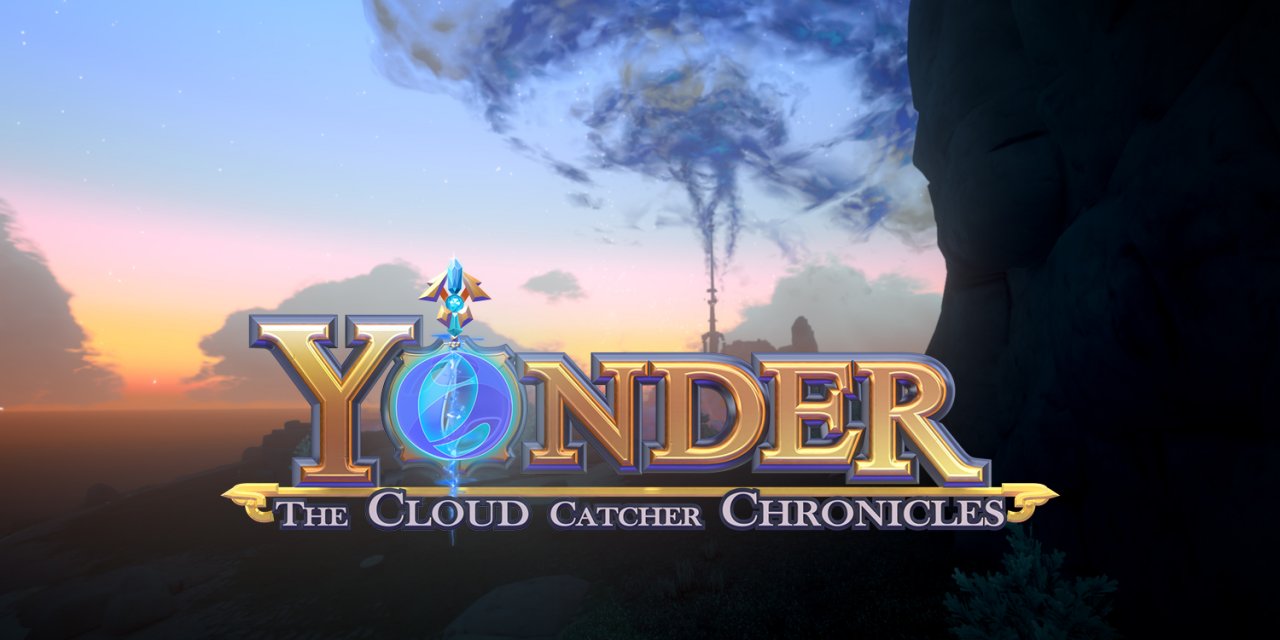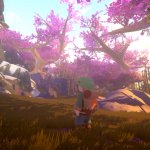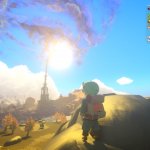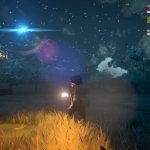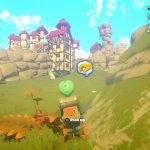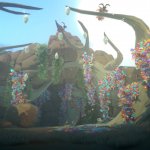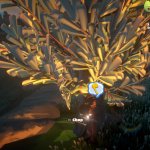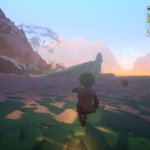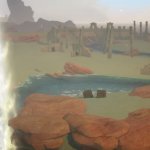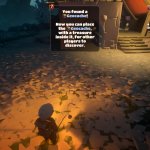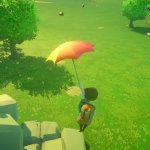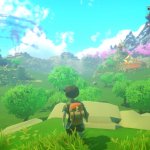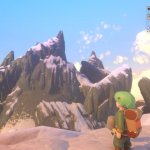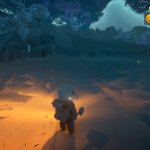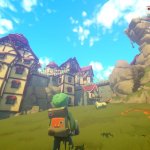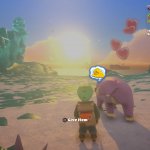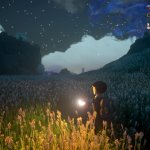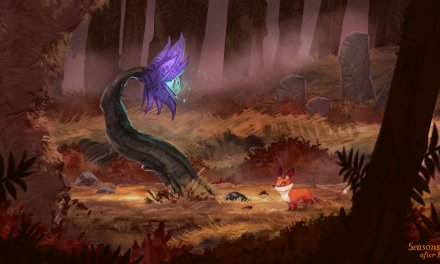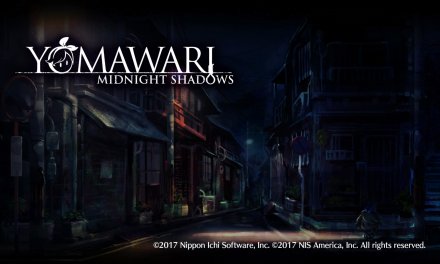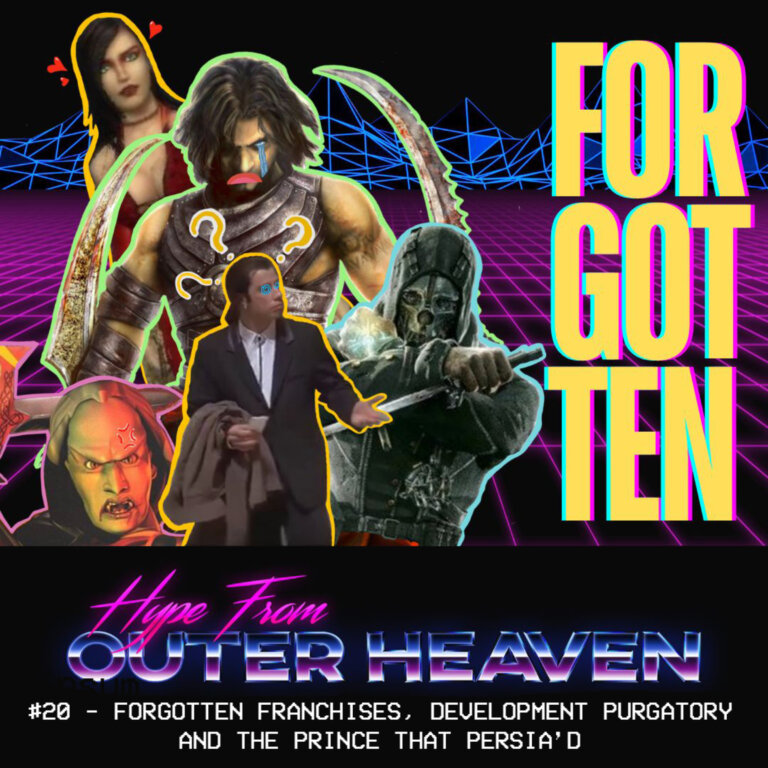Cloud Catcher: Sounds like a euphemism for something…
Priding themselves on being an upcoming micro-AAA studio, newcomer indie dev Prideful Sloth clearly had a vision when developing Yonder: The Cloud Catcher Chronicles. Part Wind Waker, part Stardew Valley, Yonder is definitely an interesting blend of genres. As usual I’ll be covering the PlayStation 4 version of the game, going over both the high notes and low points and ultimately looking at whether it’s worth picking up at the $19.99 asking price when it releases this Tuesday.
Nintendo has always been something that felt alien to me; having been brought up on the likes of Sonic the Hedgehog and Sketch Turner (bow your head in shame if you don’t know who that is) the usual line-up of characters that Nintendo roll with were something that I couldn’t connect with, with the sole exception of Zelda. When I played Link’s Awakening for the first time on my Game Boy Colour I was completely drawn in; the art style, the characters and the world spoke to me on a deeper level than anything else that my prepubescent brain could process at the time. The reason I mention Zelda in a review for Yonder: The Cloud Catcher Chronicles is because the similarities in art style and game design are uncanny, indicating that it was a strong influence during the game’s development.
Being the Flagship title of Australian newcomer Prideful Sloth, Yonder nails the aesthetic of the indie RPG perfectly; with its highly saturated environments and artistic graphical design, it cannot be denied that it’s definitely one beautiful looking game. The game places you in the shoes of the Sprite-Seer, an individual who has the ability to see and interact with magical creatures known as Sprites. Set in the realm of Gemea, the game follows the Sprite-Seer as he/she attempts to uncover their past and lineage through a journey of self discovery, while simultaneously being a part time problem solver, land baron, farmer, fisherman, carpenter, stonemason (The list goes on and on and on).
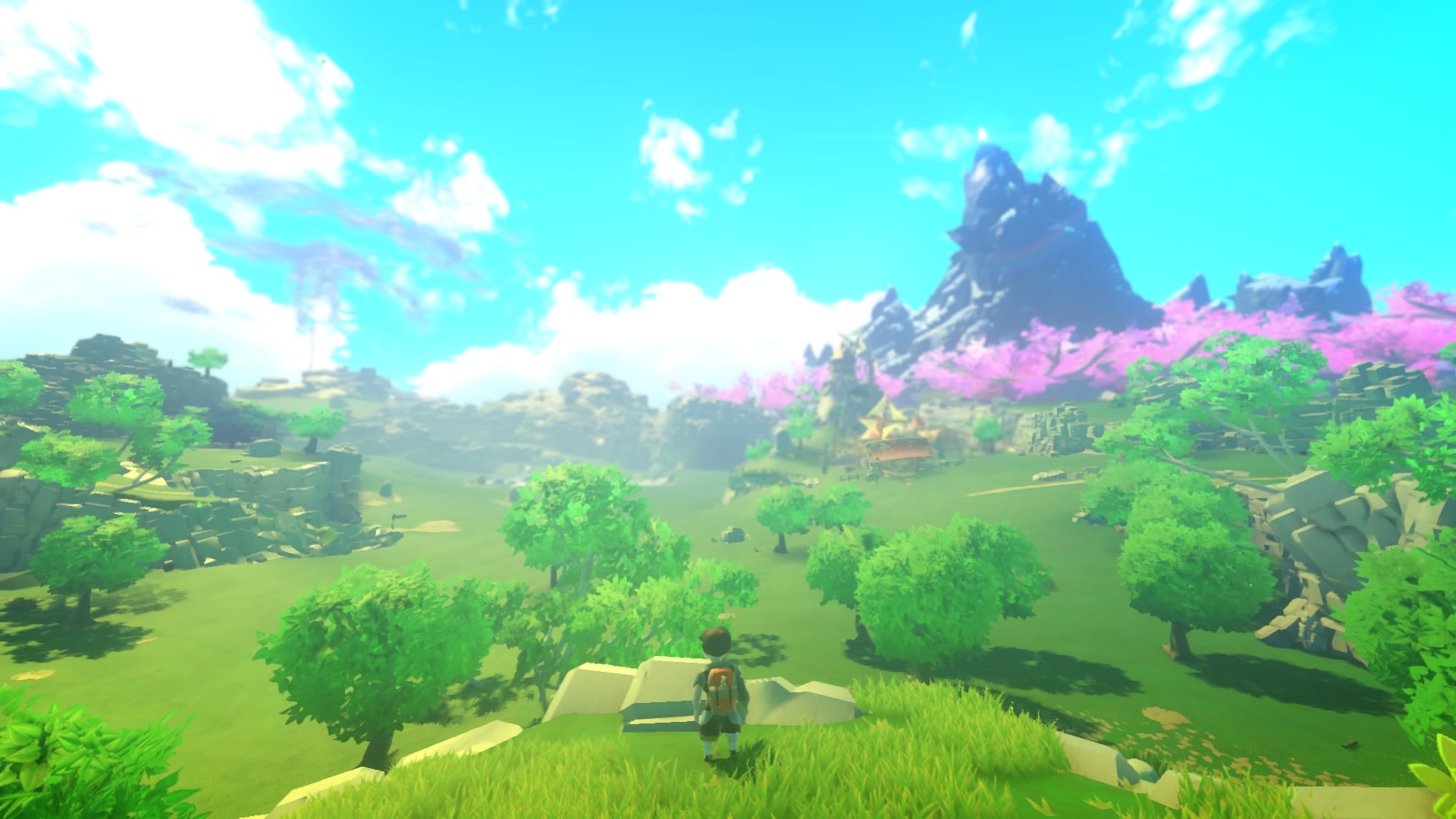
Yonder: The Cloud Catcher Chronicles: There’s a vast, beautiful world to explore out there…
Environments are Yonder’s key selling point without a doubt, offering landscapes teeming with their own unique flora and fauna. As you traverse the world of Gemea, the weather and environment change around you; as Yonder holds a unique cycle system that not only includes the typical day and nights found in a lot of games, but changes in seasons as the days pass in the game as well. Although the day and night cycle may transpire a bit fast, it’s effective at making the environments feel fresh through the variations in weather and landscapes, all presented with beautiful fidelity. Performance wise, the game dips between 30 and 60fps depending on what region you of the game you are in, with it always sticking to that crisp 1080p resolution that the PS4 is known for. Unfortunately, that is where Yonder’s strengths end, with the rest of the game being kind of repetitive and unimaginative, leaving it clear that the game struggles to find an identity of its own.
As aforementioned the game bears a lot of resemblances to the Zelda series, specifically from the most recent release, Breath of the Wild, with it’s presentation being exceedingly similar. Alongside having similar gameplay elements from other titles such as Stardew Valley, it’s abundantly clear that Yonder definitely has a vast vision for the game that it wants to be, but unfortunately lacks the depth to execute it properly. The game’s story is largely forgettable, and in parts feels kind of tacked on in response to the plethora of other activities that are available to complete. The game is narrated entirely through subtitles, with the only voice acting being the odd gruff or huff from the game’s NPC’s. The lack of a voice also transfers over to the player character who in turn has the facial expression and charisma of a jellied eel (which can’t be improved any due to the extremely basic character creation).
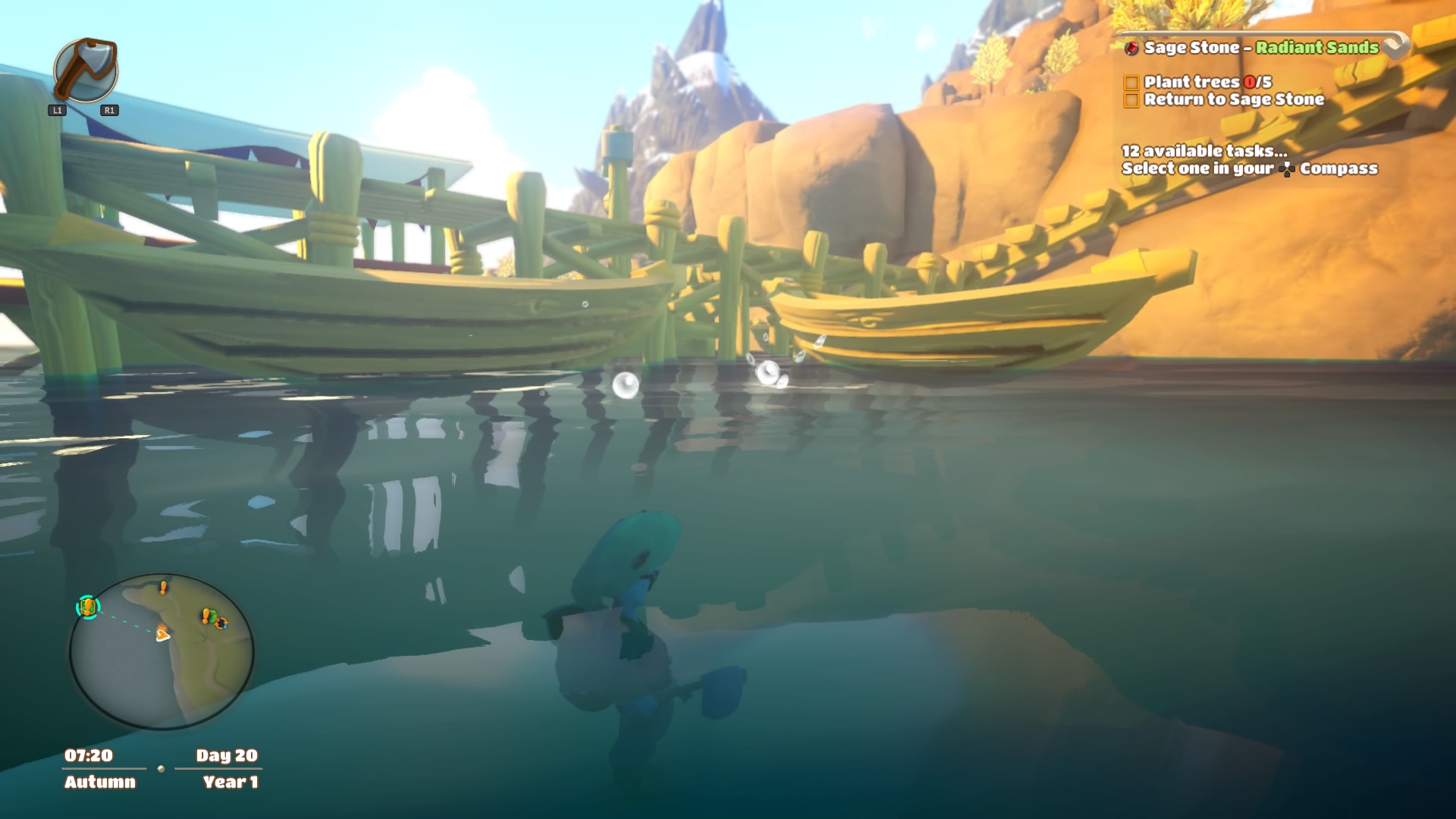
Tommy Vercetti Syndrome: Why is it that most video game characters can’t swim?
Gameplay in Yonder is another feature that unfortunately falls short, with the vast majority of the game’s ‘tasks’ being nothing more than rudimentary fetch quests. The gameplay is based somewhat around the crafting and trade system, with most of the tasks requiring a certain number of resources or crafted goods. If the crafting system itself was a little more in depth (cutting down tree after tree gets tedious after a while) it would complement the gameplay greatly, and would work perfectly in tandem with the farm management feature (which is also lacking I might add). Yonder tries to do too much at once, having it’s finger in a number of pies, and not able to make its mind up as to what it wants to be exactly; this works directly against what could have been an interesting little indie title, and may be a direct result of Prideful Sloth’s relatively young lifespan thus far as a developer.
I really wanted to like Yonder; it’s art direction and style gave me a refreshing dose of nostalgia that is missing in a lot of modern day titles, but I unfortunately couldn’t overlook how repetitive and dull the gameplay was. To Prideful Sloth’s benefit they are a young studio, and Yonder: The Cloud Catcher Chronicles is definitely by no means a bad first attempt, it just lacks the flair and finesse to truly shine like the other indie RPG’s out there.

